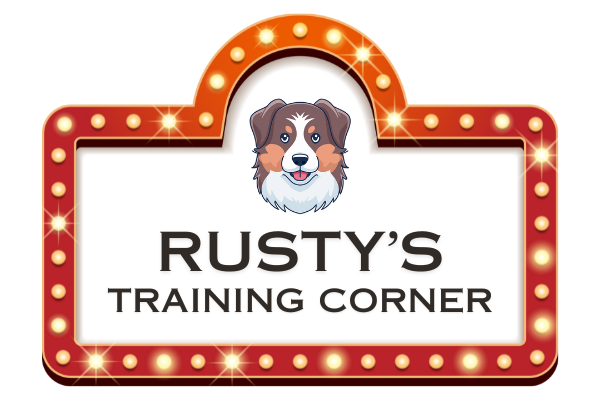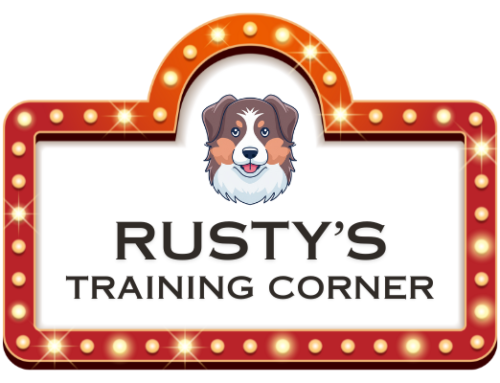How to Stop a Dog from Urinating When Excited, During Greetings
Some dogs are prone to urinating when excited. Greetings are a common time when this situational incontinence occurs in dogs, but simple training can stop the accidents.
Some dogs exude a feeling of extreme excitement and happiness, especially during greetings. The excitement is visible in the dog’s eyes, it’s evidenced by the dog’s body language and by the puddle of urine on the floor. Yes, some dogs are prone to something called excitement urination, an involuntary loss of bladder control in dogs who are extremely excited.
Situational incontinence and urination due to excitement in dogs can be a messy and frustrating problem for dog owners to deal with, but a few simple dog training methods and some changes in routine on the humans’ end can remedy the dog’s tendency to urinate when excited.
Why Does My Dog Urinate When Excited?
Extreme emotion can elicit some powerful physical responses – adrenaline rushes through the blood stream, there’s changes in muscle tone, the heart rate hastens. A loss of bladder control in dogs is one physical response that’s commonly seen in a dog who’s experiencing intense emotion, usually fear or excitement.
Dogs who experience extreme excitement to the point where involuntary urination occurs tend to be dogs who experience very high “highs” and very low “lows.” Dogs who become incontinent and urinate when excited tend to be submissive and less confident by nature; this promotes excitement urination because the dog lacks the ability to maintain a steady emotional state on his own. Instead he looks to humans and outward sources for confidence and happiness, leading to a great fluctuation in mood, with very high “highs” and very low “lows.”
How Do I Stop My Dog from Urinating When Excited
A dog who urinates when he’s excited does not do so intentionally – it’s an involuntary action that’s beyond his control. Therefore, a dog’s excitement urination problem is not a traditional behavioral problem like housebreaking where the dog can be trained to stop urinating at a certain time and place.
The key to resolving a dog’s tendency to urinate when excited involves lessening the amount of extreme excitement that the dog experiences through changes in human habits and through boosting the dog’s confidence level.
Step One: Boost the Dog’s Confidence Level
A dog who is confident will be better equipped to regulate his emotional state. Confidence in a dog helps him to remain mentally stable, without the extreme fluctuations in mood that are seen in dogs who lack confidence. Dogs who lack confidence tend to rely on humans for happiness and a sense of well-being, so when the dog’s human family members are not present, the dog’s mood dips into feelings of anxiety and unhappiness. A confident dog will have a more stable mood and he’ll be less apt to become incontinent when excited.
The most effective way to increase a dog’s confidence level is through training. Obedience training provides the dog with an opportunity to interact with the owner in a positive way where the dog learns a command and then receives a reward for performing the command. Three or four ten-minute training sessions per day are the simplest and most effective ways to improve a dog’s confidence.
Notably, improving a dog’s confidence level will also help to resolve issues stemming from submission. Submissive urination is a separate, but related problem and many dogs who urinate as an act of submission will also urinate when excited.
Step Two: Make Exciting Events Less Exciting
Greetings are the most common time for excitement urination. Therefore, family members and guests must work to make the greetings less remarkable for the dog.
When returning home, verbally acknowledge the dog in a calm voice, but avoid physical contact. Physical contact such as petting during a greeting can send a dog’s excitement level through the roof, leading to involuntary urination on the dog’s part. Use of an excited voice should also be avoided, as the dog picks up on this as a cue that says “This is a time to get excited!”
Once the initial excitement of the family member or guest’s arrival has waned – usually after five to ten minutes – it is acceptable to physically pet the dog for a physical greeting.
Meal times are another time where a dog’s excitement is high. Feeding more frequently with three or four small meals per day will help the dog to feel less hungry, which will remove some of the excitement. Preparing the meal and putting the food down when the dog is not present is another way to eliminate some of the excitement that’s associated with the anticipation of the meal.
These measures should resolve problems of excitement urination in the vast majority of dogs. In cases where there’s little or no improvement, dog owners should contact an experienced trainer to assist. A visit to the veterinarian is also helpful in these cases, as an underlying physical problem like a urinary tract infection may be to blame for the dog’s bathroom accidents.
The advice and tips provided in this dog training blog post are based on general best practices and personal experiences. Please consult a professional dog trainer or veterinarian for specific issues or before starting any new training regimen with your dog.




